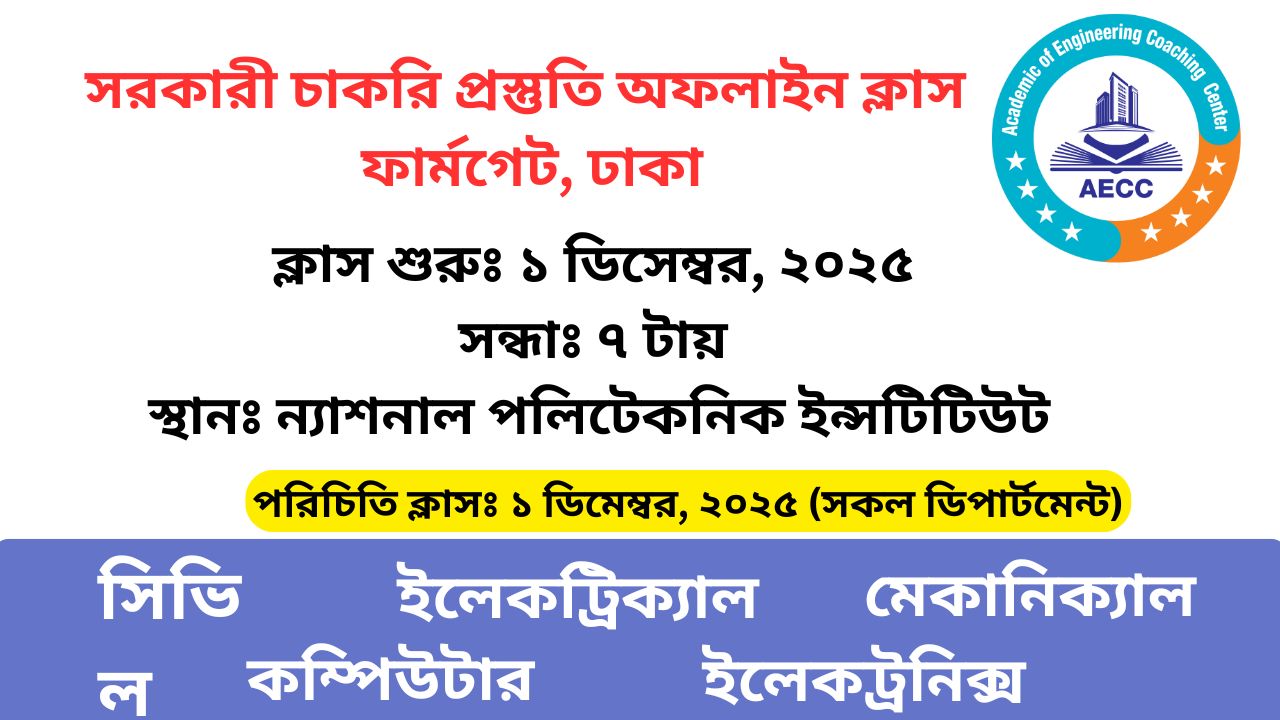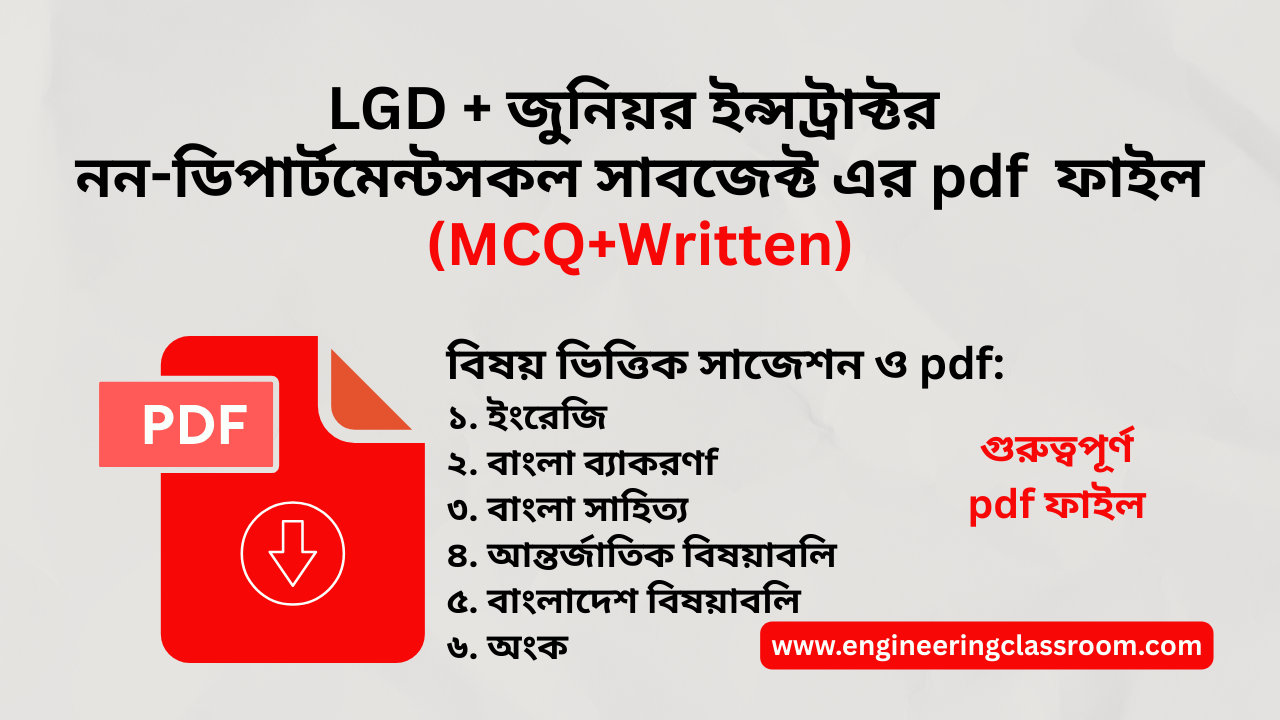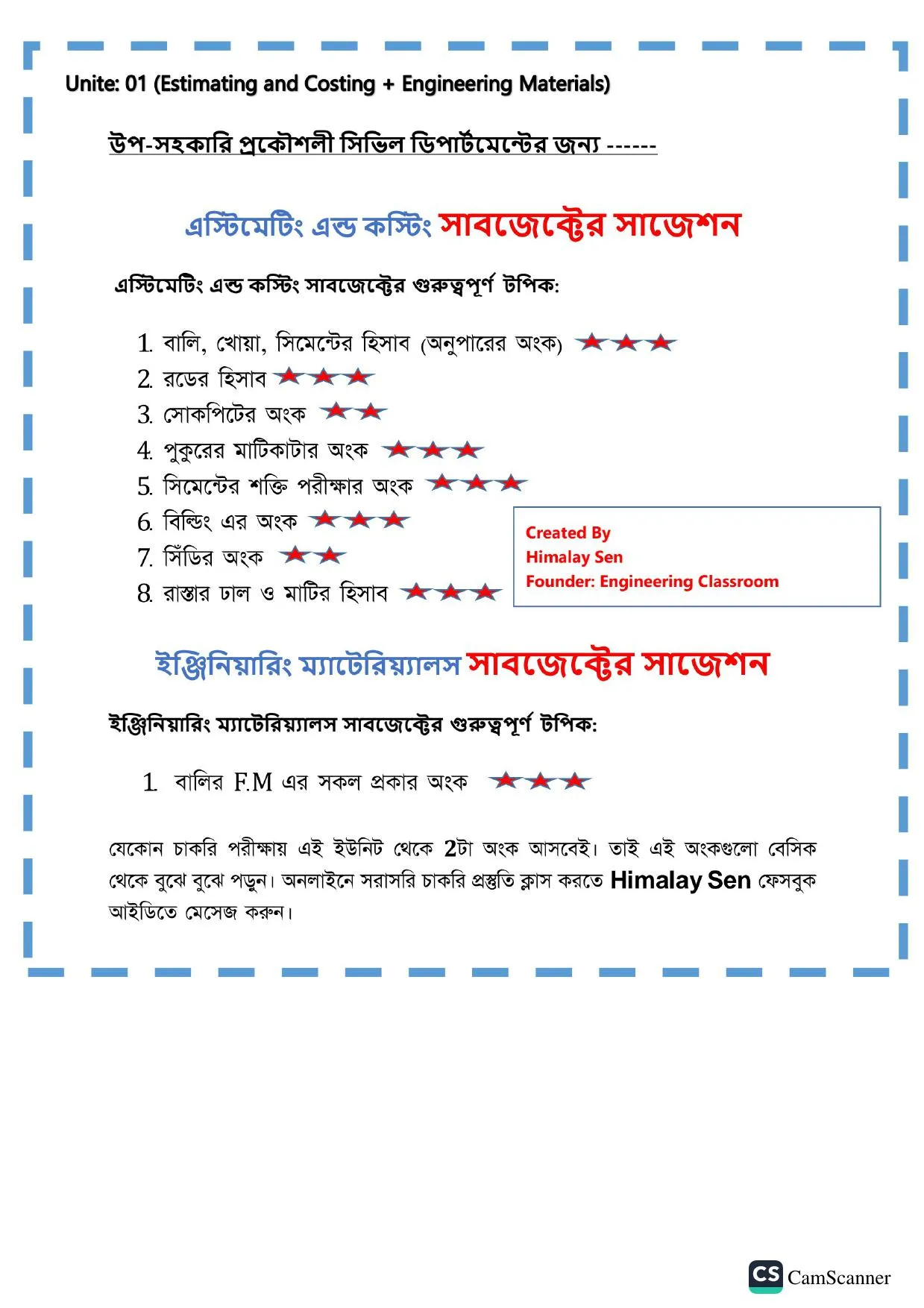MCQ
41. The maximum efficiency of a half-wave diode rectifier is --
50%
25%
40.0%
81.2%
42. If a power supply has no-load and full-load voltages of 30V and 25V respectively, then the percentage voltage regulation is:
10%
20%
15%
25%
43. At what relgon a transistor operates --
Artlive
Saturatioit
Cut off
None
44. Emitter follower is used for--
Impedance matching
Current gain
Voltage gain
None of the above
45. What is the full name of LCD?
Light control diode .
Light crystal display.
Liquid crystal diode.
Liquid crystal display.
46. A pn junction acts as a-
unidirectional switch.
bidirecctional switch.
controlled switch.
both unidirectional and bidirectional.
Himalay Sen Sir
ইলেক্ট্রিক্যাল ডিপার্টমেন্ট Mcq
EEE MCQ
Electrical Department all question
বেসিক ইলেক্ট্রনিক্স all mcq
Besic electronics mcq
ব্যাখ্যা: ব্যাখ্যা : The PN junction is conduct with forward bias only. It means they conduct in only one direction (Current flows from P to N). That's why PN Junction acts as unidirectional switch.
47. When transistor is used as an amplifier, it is operated in the:
Cut off region
Saturation region
Active region
Both a and b
48. The most commonly used semiconductor is-
germanium
carbon
sulphur
silicon
49. In an LC oscillator, the frequency of oscillation is:
Proportional to LC
Proportional to square root of LC
Inversely proportional to the square root of LC
Independent of the value of LC
50. The point of intersection of de and ac load lines is called-
saturation
operating
cut off
none of these
51. When there is no forbidden region between the conductance band and valence band, the substance is called:
Semiconductor.
conductor
superconductor
insulator
52. Class-B power amplifier- miximum collector efficiency কত %
25
78.5
50
60
53. Half-wave rectifier- maximum efficiency--%
25
50
40.6
81.2
54. A PN junction acts as a--
unidirectional switch
bidirectional switch
controlled switch
none of the above
Himalay Sen Sir
ইলেক্ট্রিক্যাল ডিপার্টমেন্ট Mcq
EEE MCQ
Electrical Department all question
বেসিক ইলেক্ট্রনিক্স all mcq
Besic electronics mcq
ব্যাখ্যা: ব্যাখ্যা: The PN junction is conduct with forward bias only. It means they conduct in only one direction (Current flows from P to N) That's why PN Junction acts as unidirectional twitch
55. RC coupling is used for---amplification.
voltage
power
current
none
56. For highest power gain, one would use-- configuration.
CE
CB
CC
none of these
Himalay Sen Sir
ইলেক্ট্রিক্যাল ডিপার্টমেন্ট Mcq
EEE MCQ
Electrical Department all question
বেসিক ইলেক্ট্রনিক্স all mcq
Besic electronics mcq
ব্যাখ্যা: ব্যাখ্যা: For highest power gain, CE configuration is used. In CE configuration, biasing capacitor is used to balance the operating point to obtain highest power gain
57. Transistor biasing represents --conditions.
ac
both ac & dc
dc
none
58. If, line frequency is 50 Hz, then output (Hz) of a bridge rectifier is-
25
100
50
None
Himalay Sen Sir
ইলেক্ট্রিক্যাল ডিপার্টমেন্ট Mcq
EEE MCQ
Electrical Department all question
বেসিক ইলেক্ট্রনিক্স all mcq
Besic electronics mcq
ব্যাখ্যা: ব্যাখ্যা: Output frequency of bridge rectifier is twice the input frequency. Full wave bridge rectifier, 25,2x50=100H
59. Process of adding impurities to semiconductor is called-
mixing
refining
diffusing
doping
Himalay Sen Sir
ইলেক্ট্রিক্যাল ডিপার্টমেন্ট Mcq
EEE MCQ
Electrical Department all question
বেসিক ইলেক্ট্রনিক্স all mcq
Besic electronics mcq
ব্যাখ্যা: ব্যাখ্যা: The process of adding controlled inpurities to a semiconductor is known as "doping" The amount of impurity, or dopant, added to as intrinsic (pure) semiconductor varies its level of conductivity.
60. Which one is the smallest region in a transistor?
base
collector
emitter
both (a) and (b)
Himalay Sen Sir
ইলেক্ট্রিক্যাল ডিপার্টমেন্ট Mcq
EEE MCQ
Electrical Department all question
বেসিক ইলেক্ট্রনিক্স all mcq
Besic electronics mcq
ব্যাখ্যা: ব্যাখ্যা: The base region of a BJT transistor is very thin and is lightly doped with current carries. It is the region of a transistor which has opposite polarity charge carries from the emitter and the collector regions.
















